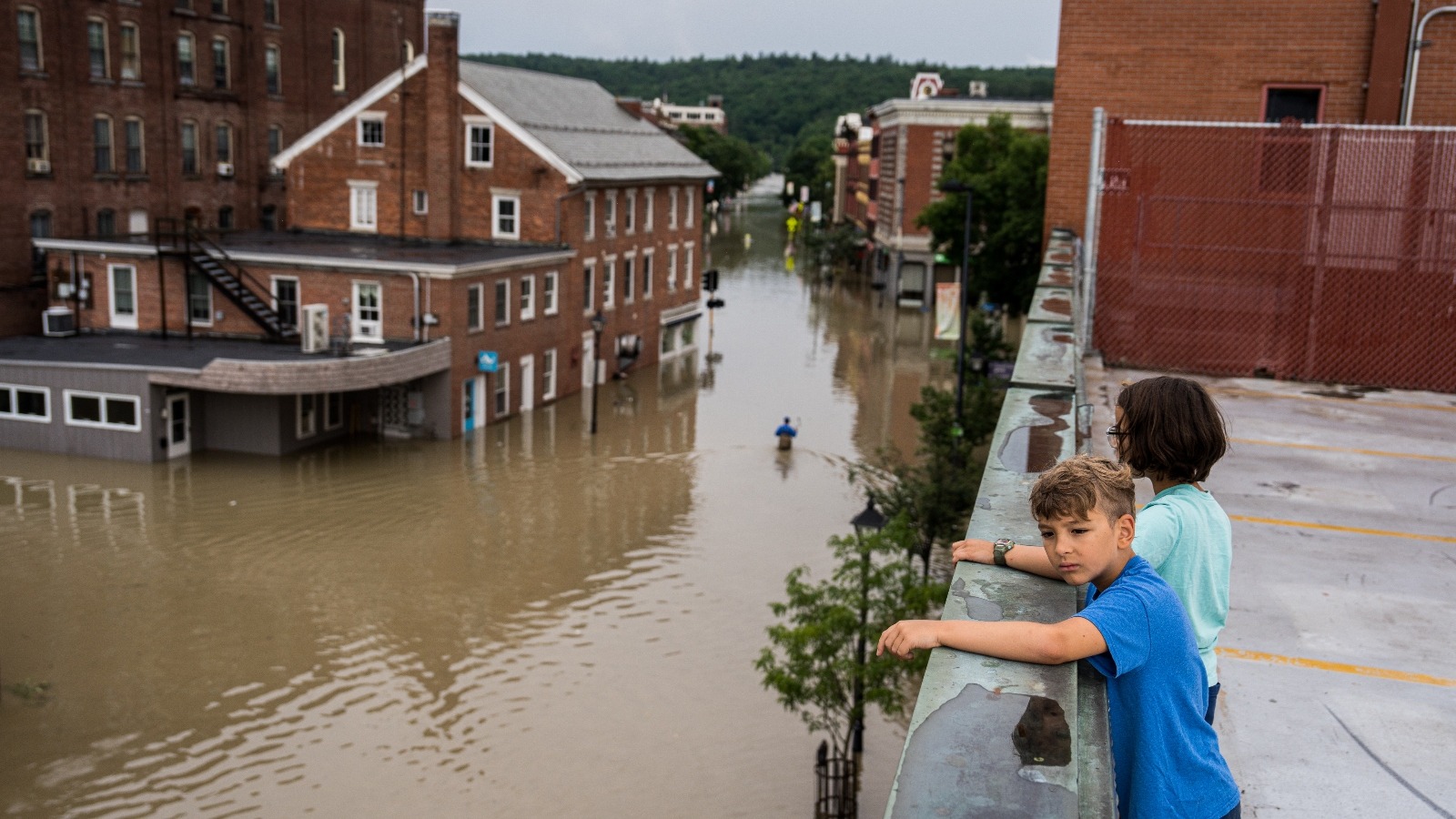Local governments can play a powerful role in responding to the climate crisis. That’s worth some reflection, in the midst of daily, very bad news about climate impacts. While the current federal Administration seems committed to doing less than nothing to curb the pollution that causes climate change, it’s worth recalling the process for a policy that’s allowing the City of Seattle to make a big difference.
Seattle’s Building Emissions Performance Standard is expected to reduce Seattle’s climate pollution from buildings 27% by 2050—that’s about a quarter of Seattle’s total climate pollution! The policy was passed by Seattle City Council and signed by Mayor Harrell in late 2023 after years of work by the Office of Sustainability and Environment (OSE) and a broad coalition of affordable housing, environmental, labor, and building industry organizations. The policy applies to existing buildings in Seattle larger than 20,000 square feet, committing them to reaching zero greenhouse gas emissions between 2045 and 2050. This change is crucial given that buildings are the fastest-growing source of greenhouse gas emissions in Washington.
Here’s how the policy works: each building larger than 20,000 square feet gets assigned a building type from a long list of options—multifamily housing, hospitals, laboratories, restaurants, and so on.
Buildings must reduce emissions incrementally starting between 2031 and 2035, on a schedule determined by building size and type. OSE has data on what the average greenhouse gas emissions are for each building type, which they use to set the incremental targets that each building will have to achieve every five years.
Building owners are required to demonstrate that they are meeting their targets by reporting on emissions-reducing improvements and by submitting energy data to OSE for verification. The kinds of improvements that they may have to make depend on their starting point—for example, a building that is already close to their targets in the first years of the policy may be able to begin compliance by making energy efficiency improvements. But if a building is still powered by fossil fuels for heating and cooling, its owners would eventually have to make greater changes to transition to clean energy.
The policy is complex, and it includes exemptions and extensions for various circumstances that building owners may face. While this program only covers part of the emissions that come from buildings, it’s significant because it’s the only policy in Washington State that requires reducing carbon emissions from existing buildings. That makes the Seattle BEPS a key piece of the puzzle to full decarbonization.
It took years of effort to pass the BEPS in Seattle, but that success gives me hope for future local efforts at fighting the climate crisis. Our coalition—which included the Housing Development Consortium, Shift Zero, 350 Seattle, Sierra Club, MLK Labor Council, RMI, and so, so many more organizations and local businesses—worked closely with OSE, the Mayor’s Office, and Seattle City Council on to come up with the best possible policy that we could achieve. That required a great deal of collaboration, and working through layers of conflict. Working through conflicts together not only strengthened the policy itself, but also strengthened our partnerships for the future.
Where we’re at now: OSE has just finished gathering public comments on its plans to implement the new Building Emissions Performance Standard, and will now use those to clarify certain requirements and add specifics to the original policy. The next big milestone for the BEPS comes in 2027, when affected building owners must begin submitting energy data required by the BEPS. The largest commercial buildings will then have to meet their first greenhouse gas target by 2031. And in the years until then, OSE’s Seattle Building Emissions Navigator will provide technical assistance for building owners and grants for affordable housing, nonprofits, small businesses, and underserved communities.
Battling the climate crisis has always felt daunting, but especially at a time like this when we are facing so much injustice across the country. That makes local work more important than ever, and as the BEPS moves closer to implementation, I hope it can serve as a model for how allies representing different groups can align on what truly matters, and turn that vision into action.
Source link
Deepa Sivarajan www.climatesolutions.org



